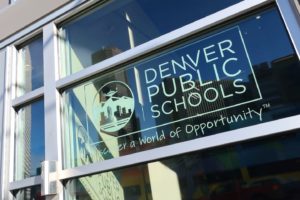Report: New Hampshire leads the country in student enrollment decline
(The Center Square) – New Hampshire is a leader in public education spending growth even as the state has lost more students over the past two decades than any other state, according to a new…

(The Center Square) – New Hampshire is a leader in public education spending growth even as the state has lost more students over the past two decades than any other state, according to a new report.
The study, conducted by researchers from the Reason Foundation, a libertarian think tank, highlights the challenges that public schools face, including enrollment declines, budget problems, decreases in education success and increases in “union activism.” The report analyzes state education spending and outcomes from 2002 to 2020.
Among the trends the study highlights are increases in state spending on public education. From 2002 to 2020, funding growth exceeded 50% in only five states, including New Hampshire.
But as New Hampshire’s education spending has increased, student enrollment has rapidly shrunk from just over 206,000 students to under 178,000, a decrease of 14.3%. Comparatively, total public school staff growth in the state has increased by 9.9%. New Hampshire is also fourth in the nation in increases in benefit spending. The state provided $1,919 per employee in 2022 compared to $4,639 in 2020.
“Public schools must become more responsive to students’ needs or risk further enrollment losses, especially as students gain access to options that offer greater customization,” the study’s authors noted.
The Center Square previously covered decreases in enrollment in New Hampshire. The decreases have come as parents continue to seek education alternatives to public schools, a state of affairs that was exacerbated by COVID-19.
The Reason study aims to offer state legislators information on which to base policy changes. “Looking forward,” the study says, legislators “should use this information to ask important questions like what their goals are for students and whether resources are being deployed toward those aims.”



